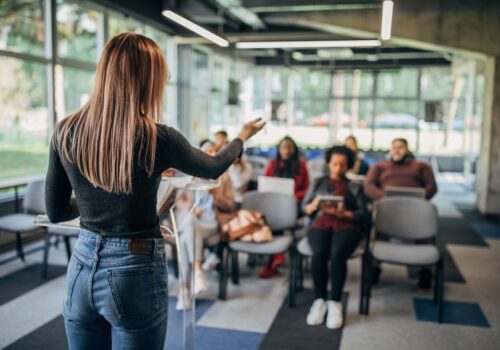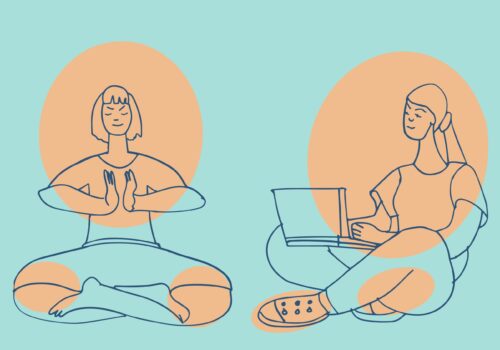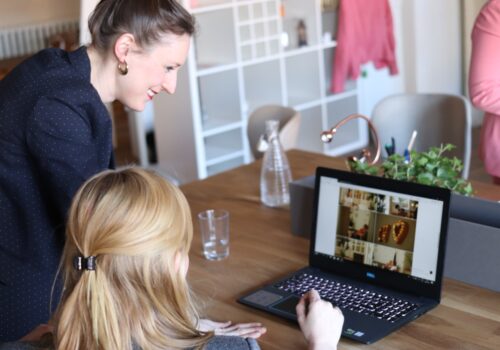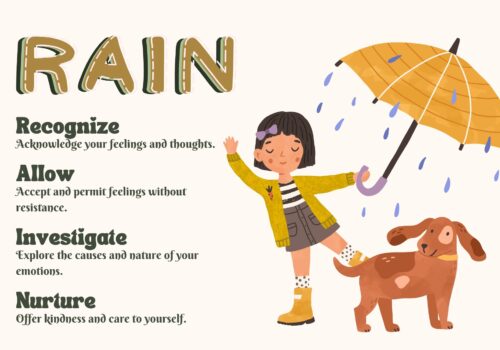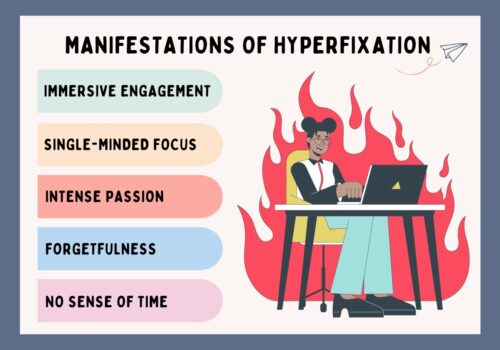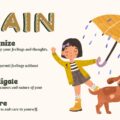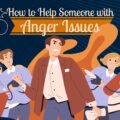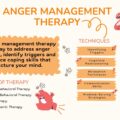Learn to unlearn is a complete theory, and though many people don’t believe in it, it holds significant value. Before going ahead, it’s essential to understand what “learn to unlearn meaning” is. Everyone knows that learning means acquiring knowledge and developing skills by using any means like studying, practicing, experiencing, and education. On the other hand, unlearning is deliberately forgetting information or erasing memories. When it comes to things to unlearn, we only focus on those learned things or data that are either false or outdated.
The basic definition of unlearning is to forget a particular concept, idea, or anything deemed unfit. Unlearning is the process of changing one’s attitude or shift in the strategies employed for learning. Unlearning is not the same as reframing, refreezing, or anything similar.
They’re all geared toward a goal, but unlearning is about going away from something rather than toward it. Intentionally letting go of what we’ve previously learned or gotten. It’s not a question of right or wrong; it’s about being open to and investigating something behind the judgment, beneath right and wrong.
What Exactly Learn To Unlearn?
Unlearning is valuable since certain people benefit from being introduced to new ideas, tasks, or learning difficulties. Alvin Toffler, a philosopher, sees learning in the twenty-first century through a new lens; his hypothesis indicates that illiteracy will be defined not by the inability to read and write but rather by the failure to unlearn, learn, and relearn.

The new learning process necessitates forgetting bad habits, assumptions, and incorrect ideologies. To succeed, you must first recognize the necessity of “unlearning” – identifying the things you already know but don’t have time to cultivate and then letting some of them go in favor of new, more helpful things.
Unlearning can occur in two ways: by extinction, removal of reinforcing, or introducing “reciprocal behaviors,” or a stimulus that elicits a response that differs from the typical reaction in a particular context. On the other hand, early cognitive theories looked at the function of “proactive interference and inhibition,” or the interference of old and new information in the setting of consecutive word lists memory.
Researchers and practitioners have proposed unlearning in the service of new and better learning in several approaches. Instructors use a combination of behaviorist and cognitive processes to engage students’ past knowledge before delivering further information. Instructors have used analogies’ explanatory capacity to resolve students’ misunderstandings in the cognitive tradition, notably in the sciences. The basic notion is that teachers create two comparisons to a desirable “target” or new learning that a pupil first rejects.
Unlearning is similar to removing the old paint from a wall to adhere to fresh paint. It’s also about a mental construct when it comes to unlearning. Several popular studies have found that persons with a high cognitive concentration dislike the term “unlearning.”
They’d instead come up with a new word. Learning and creativity become simpler if openness is realized. Suppose we consider learning to have two components, one that leads to the development of tools (dissemination of information) and the other that leads to the development of the second sort of component. So, while the focus is on ‘freeing from what we have learned,’ the expression ‘learning to learn’ is arguably more directly connected to unlearning.
Bike riding is an excellent example of the perplexing mechanism of unlearning. The rationale underlying the idiom “it’s like riding a bike” argues that human learning is resilient and durable, which acts as an oxymoron. It is simply learning how to ride a bicycle and remembering it. The concept also implies a worrisome real-world consequence of the brain’s propensity for clinging to old habits and mental processes.
Numerous occurrences in the previous year have highlighted the urgent need to reframe our perceptions of the world and its role. However, being placed in quarantine or studying the trends of Covid-19 does not result in learning. The mind is continuously making meaning to new information, audio or visual. Much of what we read and watch has already been solved in today’s highly digitalized world.
To learn anything new, rather than discovering more proof for what we already think, we must first learn how to unlearn and what to unlearn and what is at risk in the lives of people of color, the common good in the face of a epidemic, and the health of our planet.
Learning is more superficial when one can establish a connection between new knowledge with previous knowledge, called associative memory. From another perspective, our brains use existing neural networks (based on prior experience and learning) that contain similar information rather than starting from scratch whenever we teach anything new.

Human minds absorb plenty of new knowledge while also drawing on and creating correlations with experience while navigating unknown situations. This problem-solving necessitates using prior experience, previously learned knowledge, or, in some instances, individual pieces of information.
Our brains must correlate new information with old data to solve problems. This process might lead us to believe we know more about a unique situation. Because the brain tends to fit new experiences into previously existing conceptual frameworks, we may think we already know much of what we need to know.
According to psychological concepts such as the Dunning-Kruger effect and the Four Levels of Competence, our brains are masters at establishing bridges between ideas and experiences. Still, according to associative memory, they don’t leave empty “holes” that reflect experiences we haven’t yet had or knowledge we haven’t yet acquired.
Unlearning may be viewed as a conscious attempt to identify where there should be a hole or where our experience is lacking. Learning occurs through constructing new synapses inside and across the current synaptic network. We may unlearn when we carefully reflect on our past experiences and consciously recognize the sorts of experiences that are missing. We may begin to identify what we merely believe we know but don’t yet have the synapses to grasp by determining the depth of our missing experience.
Frequently Asked Questions
Why is it important to learn unlearn and relearn?
The concepts of “unlearning” and “relearning” describe the process of ridding oneself of outmoded knowledge and abilities while broadening one’s skill set. To successfully reinvent yourself in today’s environment, you need to learn, unlearn, and relearn on a consistent basis.
Is there any learning to unlearn example?
The simplest example is forgetting the skill of writing fast after the advent and consistent use of electronic gadgets like mobile, computers, and tablets. Similarly, forgetting how to write and send letters is another example.
Where do I get the “learn to unlearn book”?
There are three main books, “Learning To Unlearn” by Adam Fujita, “Learn, Unlearn, Relearn” by Tafadzwa Makombe, and “Learning To Unlearn” by Pablo Rivas. You get all of them from the Online stores also.
What is learn unlearn and relearn meaning?
Learn to unlearn and relearn means forgetting or erasing the learned things from the mind, especially those that are outdated and false, and relearning those that are up-to-date and fact-based. You can further read about it in the “learn unlearn and relearn essay”, especially those that give a review on Alvin Toffler quotes.
The learn, unlearn and relearn example is the process of a baby learning to walk. He learns to walk but starts crawling and then learns to walk by forgetting to crawl.
Learn To Unlearn And Relearn: A Takeaway
According to unlearning theory, unlearning does not imply forgetting or eliminating previous knowledge, experiences, or methods of thinking; rather, it entails developing new synaptic connection patterns that can support a variety of thought processes. The job of unlearning requires encouraging the production of new synapses by intentionally contrasting past beliefs with the newly acquired knowledge from recent experience, aiming to uncover lapses in our expertise and deviation from which we value. To conclude the topic learn to unlearn, we must comprehend and embrace continuous learning. It will not only assist us in moving forward but also bring in a spectrum of personal cum professional change.





